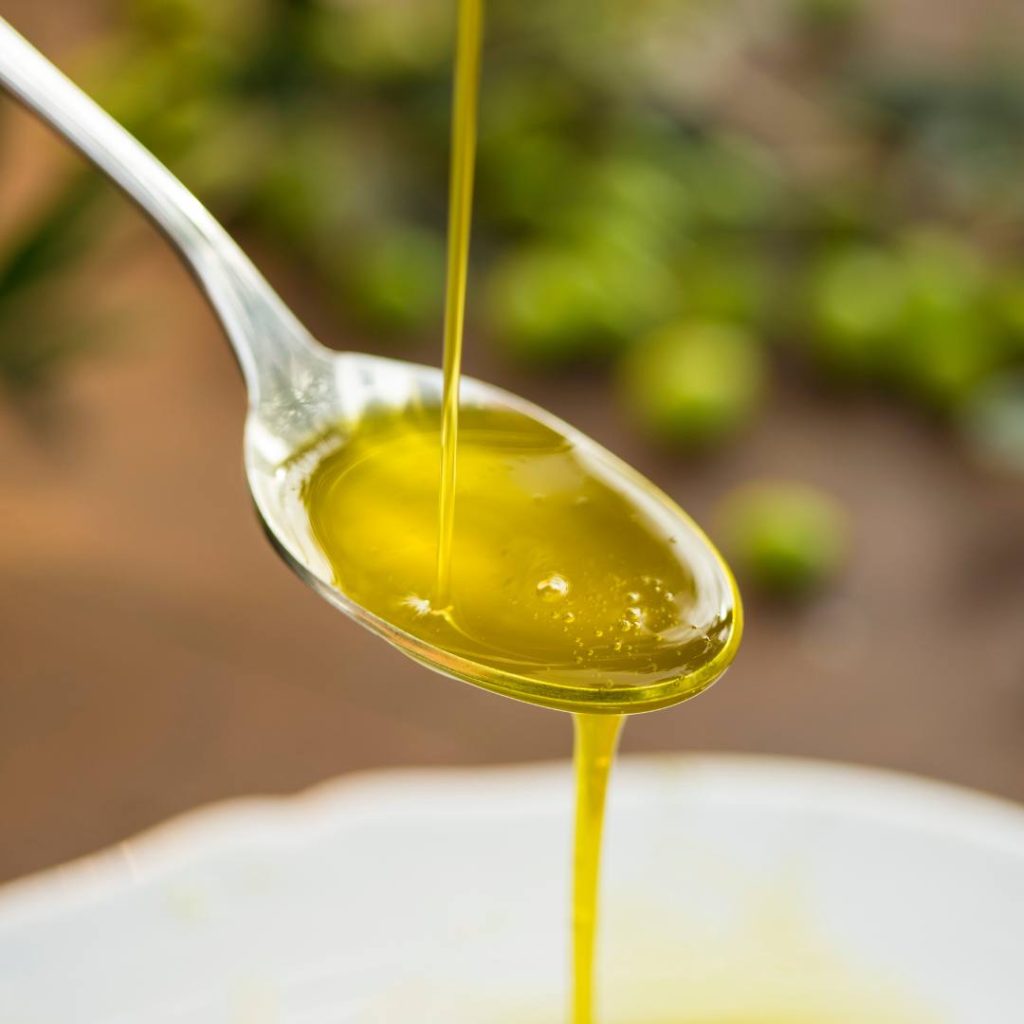Organoleptic characteristics of the oil
The organoleptic characteristics of the oil are colour, fragrance and fluidity. The colour of an olive oil is the product of many pigments. When chlorophylls prevail, we have green oils, while a predominance of carotenes and carotenoids will give us oils with a more or less intense yellow color.
The aromatic notes perceived by nose and mouth are produced by volatile aromatic compounds and polyphenols. The degree of ripening and the method of extraction have a huge effect on the amount of substances that contribute to forming the taste of an olive oil.
The sensation of astringency on the tongue (as when one bites an unripe fruit) is a characteristic, for example, of the phenolic tannic compounds. Immediately after extraction, many oils tend to be predominantly bitter, due to an abundance of flavonoids and secoiridoids.
The high concentrations of these substances also produce a strong pungent sensation, while the low concentrations are characteristic of sweet oils.
The aromatic notes perceived by nose and mouth are produced by volatile aromatic compounds and polyphenols. The degree of ripening and the method of extraction have a huge effect on the amount of substances that contribute to forming the taste of an olive oil.
The sensation of astringency on the tongue (as when one bites an unripe fruit) is a characteristic, for example, of the phenolic tannic compounds. Immediately after extraction, many oils tend to be predominantly bitter, due to an abundance of flavonoids and secoiridoids.
The high concentrations of these substances also produce a strong pungent sensation, while the low concentrations are characteristic of sweet oils.
